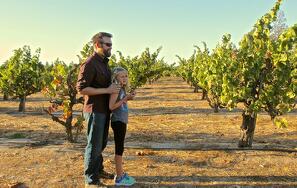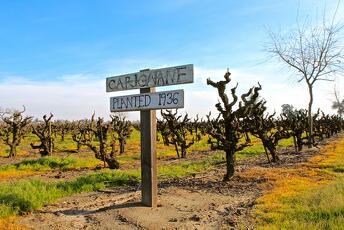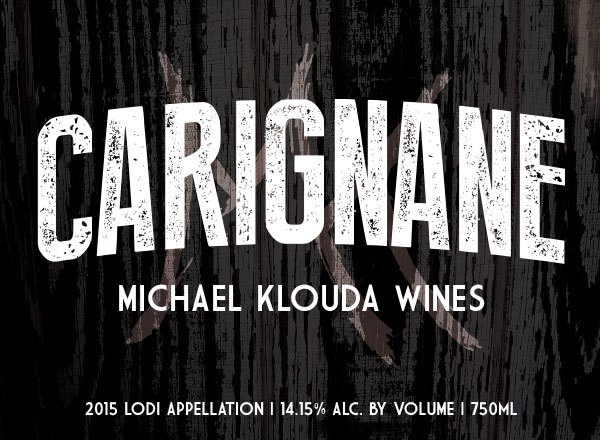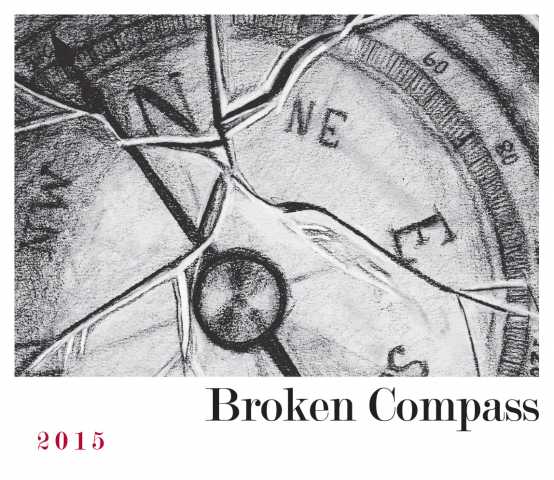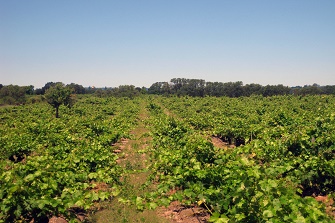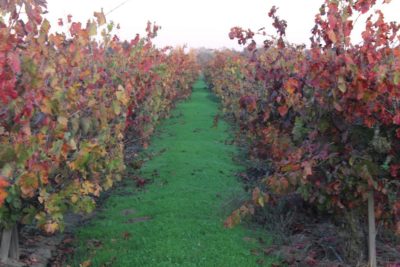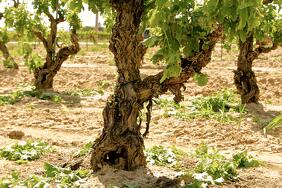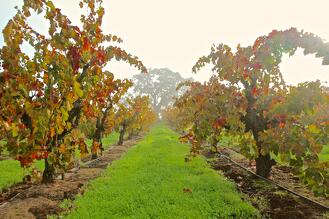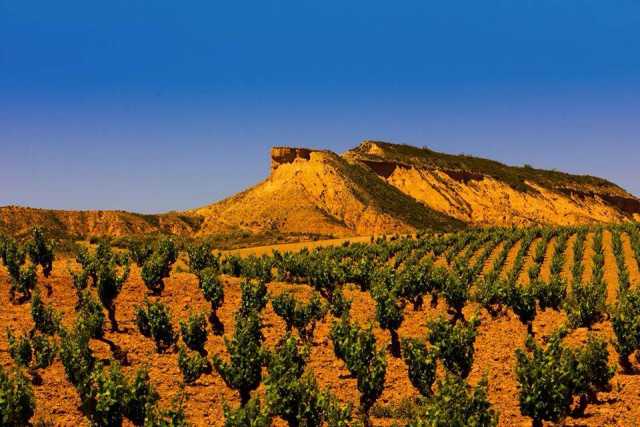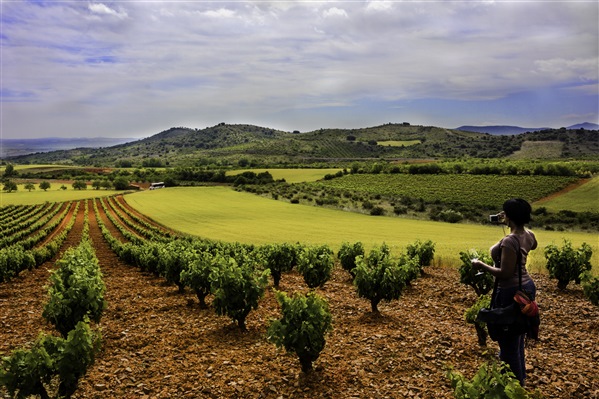I received an email from Janell Dusi, president of J Dusi Wines in Paso Robles, with answers to my Carignan-centric interview questions:

• What special factors in geology, climate, etc, do you find help make Carignan a viable grape for the Templeton area of Paso Robles County?
JD: “The old-vine Carignane we have on the ‘Dusi Vineyard’ was planted in 1945 so it has endured the heat and droughts of our warm climate and is still thriving. It is dry-farmed and I think that helps intensify the fruit because it is later to ripen than the Zinfandel.”
• Do you believe that old-vine Carignan is necessary for the production of top-quality fruit, or can younger vines also yield superior wines?
JD: “Hmmmm, not sure. I do love my old-vine Carignane more than the young vines, but I am not sold that older vines are better. But since I only have two vineyards to compare on this particular varietal, yes I like the old vines better.”
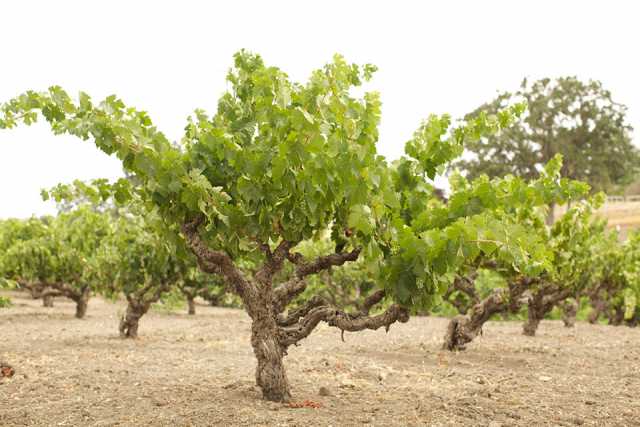
• J.Dusi has worked with Carignan fruit from the “Dante Dusi Vineyard”. What advantages and challenges have you experienced with growing/farming Carignan in your area, compared to Zinfandel and other grape varieties?
JD: “Carignane comes off the vine much later than the Zinfandel if picking for optimal ripeness. Carignane is more susceptible to bunch rot because the clusters are so tight.”
• Why do you think Carignan commonly proves to be more challenging to farm and produce than other Rhône-style varieties?
JD: “Large vines, big berries and tight tight clusters invite problems.”
• What special considerations have you discovered in producing a Carignan-dominant wine?
JD: “How people yearn to learn more about a varietal they have not heard much about…”
• What thoughts do you have regarding the recent increase in the public’s general awareness of Carignan’s potential to create delicious varietal wines?
JD: "I think it’s great… problem is that there still is not much planted in California!
"Janell Dusi
President & Winemaker
J Dusi Wines
Winery: (805) 226-2034
Cell: (805) 451-7944
"
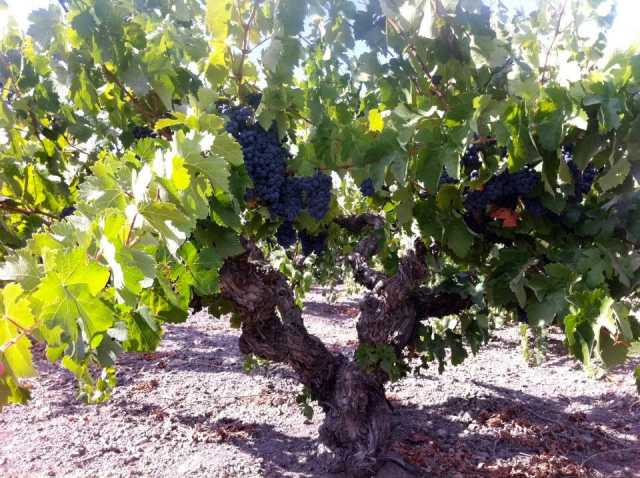
The Wine Write
“J Dusi’s New Perspective on Family Tradition”
by Randy Smith
June 22, 2015
"Tradition is one thing. Breaking from tradition is quite another.
"‘Dusi Vineyard’ in Paso Robles has been an acclaimed producer of old vine Zinfandel fruit for decades. But until recently, four generations of the Dusi family were solely farmers, not winemakers. It took a determined, headstrong young woman named Janell Dusi to break that tradition.
"…The Wine Write: I’ve read that your grandfather showed you the ropes of winemaking. Tell me about that.
Janell: I grew up on a one hundred acre vineyard of old vine Zinfandel…it was our backyard, our playground, everything. I’m in the fourth generation of farmers of those grapes. As I got older, I began asking why we didn’t make wine. The only response I got was, ‘Because we’re farmers.’ The older I got, the more I began to question. It’s hard work farming all year long; why wouldn’t we want to take some of our finished product and make some wine from it?
"I had prodded my grandfather when I was younger to show me the basics. I told him, ‘You have to know how to do this. Show me.’ So he taught me the fundamentals of winemaking.
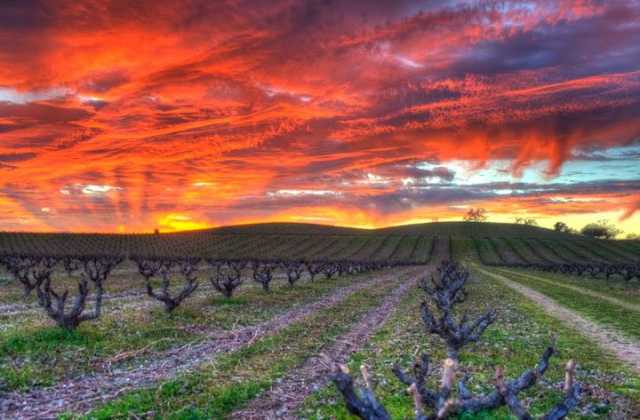
"…The Wine Write: The Dusi name is synonymous with quality Zinfandel in Paso Robles. What is it about ‘Dusi Vineyard’ that produces such good fruit?
"Janell: They say great wine starts in the vineyard, and that’s right. 80%-90% of the quality of the wine is in the fruit. For us, it’s the soil, the terroir, the location, the sun exposure, spacing, and drainage. The ‘Dusi Vineyard’ was planted to Zinfandel in 1925, and is still producing great fruit today. That’s a testament to my great-grandfather, and shows that the vineyard is just a perfect combination of all those factors.
"The Wine Write: The J Dusi label expands the lineup well past Zinfandel to include Rhones, Pinot Grigio, Carignan, Petite Sirah, and even even Port. Is that a market driven decision, something you just wanted to do, or what?
Janell: I’m passionate about Zinfandel, so I started there. But as a winemaker, I was always wanting to play with other varietals. Kinda like a kid in a candy store, you know? It’s sort of addicting, trying new things. It’s fun for me.'…"[/i]
Paso Robles Daily News
“J Dusi Tasting Room Now Open”
by Scott Brennan
August 30th, 2013
"…The tasting room is located on Highway 46 West at the former Edward Sellers Vineyards and Wines property, which closed recently.
“‘Finally, I am opening up a tasting room with my own production facility in Paso Robles,’ says Dusi. She is a local farmer and winemaker with deep family roots in the local wine region. Her specialty is Zinfandel. Previously Dusi had offered tastings at events around Paso Robles.
"…The new J Dusi Wines tasting room is located at 1401 Hwy 46 West, Paso Robles, CA 93446.
"…About Janell Dusi
"Janell Dusi was born and raised on the ‘Dusi Vineyard’ where her grandfather Dante taught her the old world Italian style of winemaking.
“Dusi’s family’s heritage dates back to the early 1920’s, where grape growing has been a craft that has deep roots in the Dusi family. The farming practices that were implemented by her great-grandparents eighty-years-ago, are still the standard that they follow today. The unique, hand crafted quality of J Dusi Wines results from her intimate involvement in every step of the process: working in the vineyard, driving the tractor, hand picking my own fruit, crushing the grapes and fermenting the juice from the bins to the barrels to the bottle.
“‘One thing that I know for sure; winemaking is part science, part art and 100% passion,’ Dusi says.'…”
![]()
